The Amur Leopard: Fewer Than 150 Left in the Wild

Can you imagine a world where the most beautiful spotted cat disappears forever? The Amur leopard is perhaps the rarest big cat on Earth, with only around 120-150 individuals remaining in the wild. These magnificent creatures live in the harsh forests of Russia and China, surviving temperatures that drop to -40°F. Their thick fur coats are covered in unique rosette patterns that make each leopard as individual as a human fingerprint. What makes their situation even more heartbreaking is that they’re incredibly adaptable hunters, capable of leaping 19 feet horizontally and 10 feet vertically. Despite their remarkable abilities, habitat loss and poaching have pushed them to the very edge of extinction.
Iberian Lynx: Spain’s Spotted Survivor Makes a Comeback

Picture a cat with ear tufts so dramatic they look like tiny antennas picking up secret messages from the forest. The Iberian lynx was once considered the world’s most endangered cat species, with only 94 individuals left in 2002. These medium-sized wildcats are picky eaters, with rabbits making up 90% of their diet – imagine surviving on just one type of food your entire life! Their spotted golden coats help them blend perfectly into Mediterranean scrubland, making them nearly invisible when hunting. Thanks to incredible conservation efforts, their numbers have grown to over 1,100, but they’re still vulnerable to habitat fragmentation and climate change.
South China Tiger: The Functionally Extinct Phantom

What happens when a tiger becomes so rare that it might already be a ghost? The South China tiger hasn’t been seen in the wild for over 25 years, making it functionally extinct in nature. Once roaming across southern China in thousands, these tigers were hunted relentlessly during the 1950s as part of pest control campaigns. Only around 150 South China tigers exist today, all in captivity and descended from just six wild individuals. Their genetic diversity is so limited that scientists worry about inbreeding depression affecting future generations. These tigers are smaller than their Siberian cousins but were known for their fierce temperament and distinctive narrow stripes.
Arabian Leopard: Desert Ghost of the Middle East
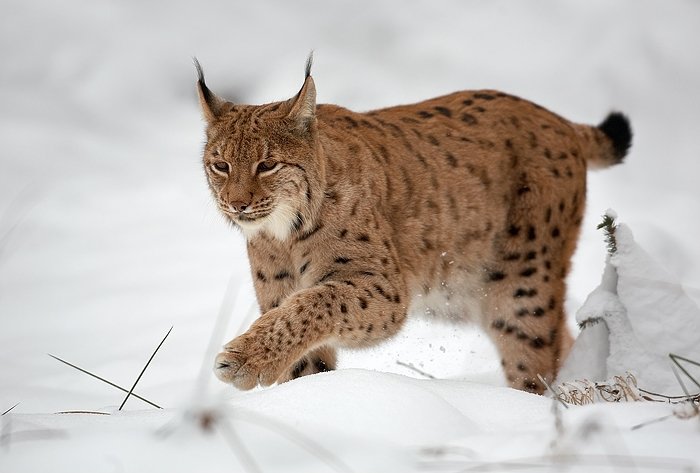
Imagine a leopard that’s learned to survive in one of the world’s harshest deserts, where water is scarce and temperatures soar above 120°F. The Arabian leopard is the smallest leopard subspecies, perfectly adapted to life in the rocky mountains and deserts of the Arabian Peninsula. With fewer than 250 individuals remaining, they’re masters of stealth, hunting at night and sleeping in cool cave systems during scorching days. These remarkable cats can go for weeks without drinking water, getting all their moisture from prey. Their pale, golden coats with widely-spaced rosettes help them blend into sun-bleached rocks and desert landscapes.
Malayan Tiger: Southeast Asia’s Dwindling Royalty
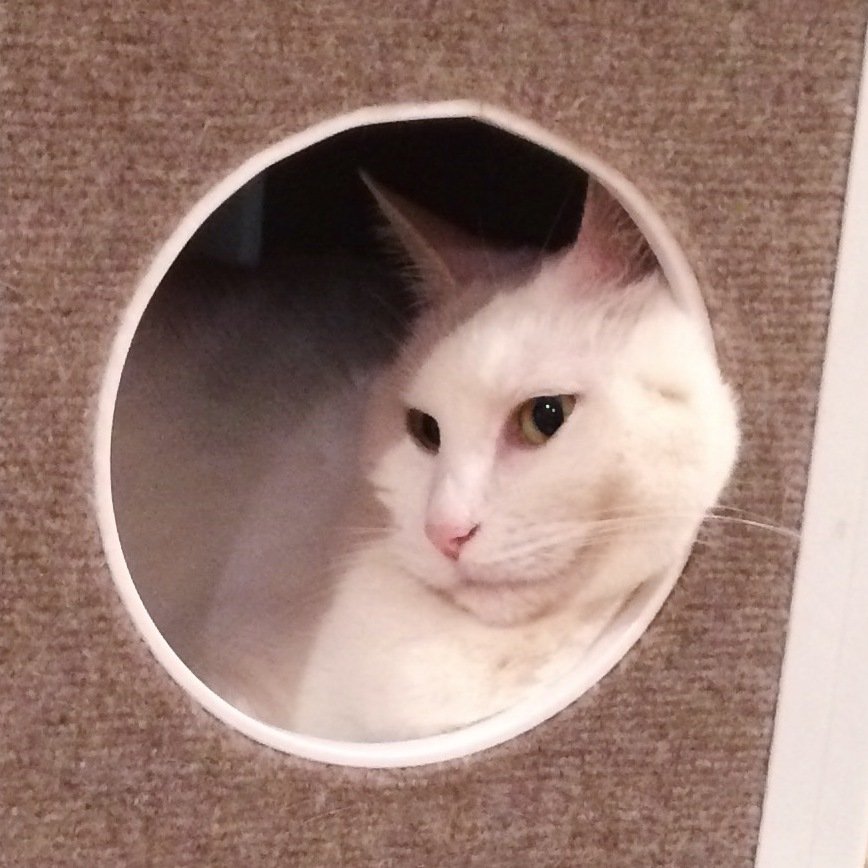
Could you believe that Malaysia’s national animal might vanish from its own homeland? The Malayan tiger population has crashed from around 3,000 in the 1950s to fewer than 250 today, making it critically endangered. These tigers are slightly smaller than their Indian cousins but equally magnificent, with distinctive black stripes that create unique patterns like natural barcodes. Palm oil plantations and urban development have fragmented their rainforest homes into isolated patches too small to support viable populations. Poaching for traditional medicine and illegal wildlife trade continues to threaten the survivors, with some experts predicting extinction within the next decade without immediate intervention.
Javan Leopard: Indonesia’s Elusive Mountaineer
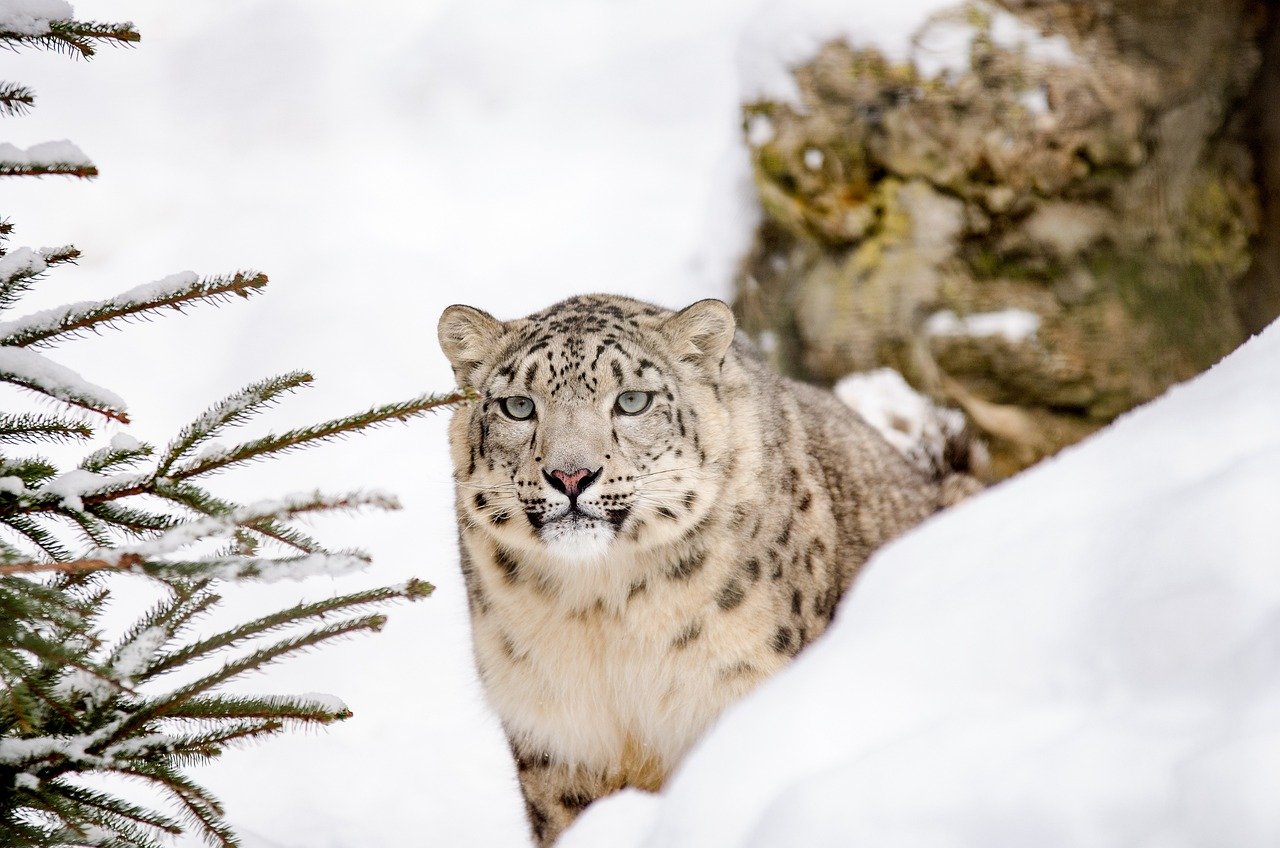
High in the volcanic mountains of Java lives one of the world’s most secretive big cats, with possibly fewer than 250 Javan leopards remaining. These adaptable hunters have learned to thrive in Java’s dense tropical forests, from sea level up to 8,200 feet in elevation. Unlike their African relatives, Javan leopards have developed a preference for smaller prey, including various birds, reptiles, and small mammals unique to Indonesian islands. Their rosette patterns are typically smaller and more densely packed than other leopard subspecies, creating an almost hypnotic spotted coat. Deforestation for agriculture and human settlements has reduced their habitat by over 60% in recent decades.
Bornean Bay Cat: The Mystery Cat Nobody Knows
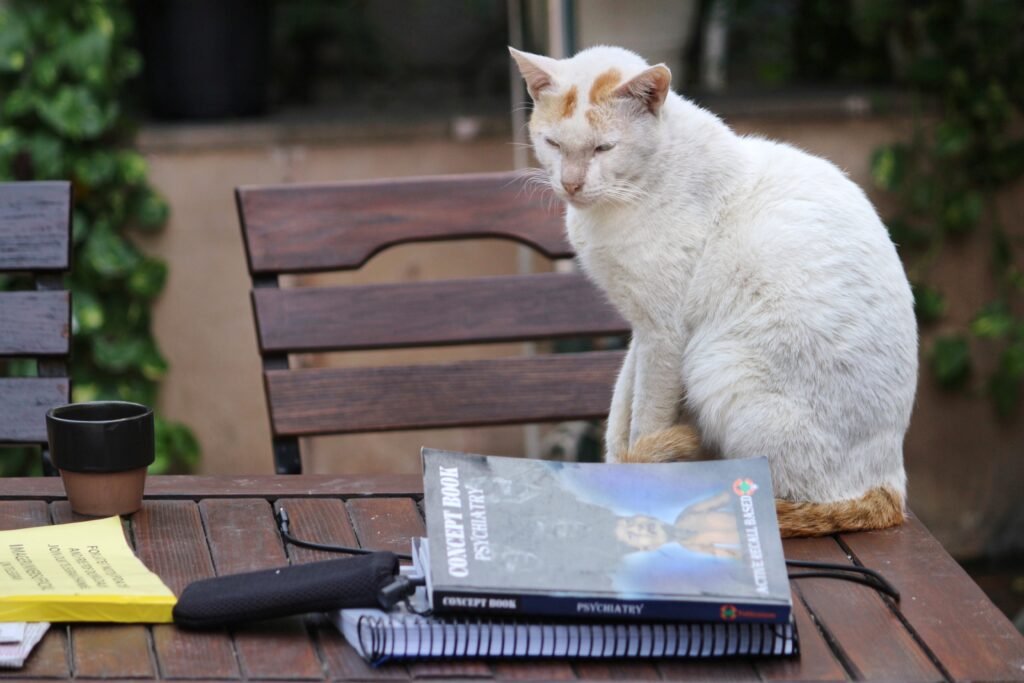
What if there was a wild cat so secretive that scientists barely know anything about it? The Bornean bay cat is perhaps the least understood wild cat species, with fewer than 2,500 individuals estimated in the wild. These elusive felines are about the size of a large house cat but with a striking reddish-brown coat that earned them their “bay” name. They live exclusively in the dense rainforests of Borneo, where they’re so rarely seen that the first photographs of a living bay cat weren’t taken until 1998. Their diet, breeding habits, and social behavior remain largely mysterious to researchers. Palm oil plantations and logging operations continue to destroy their limited habitat faster than scientists can study them.
Pallas’s Cat: The Grumpiest-Looking Wildcat
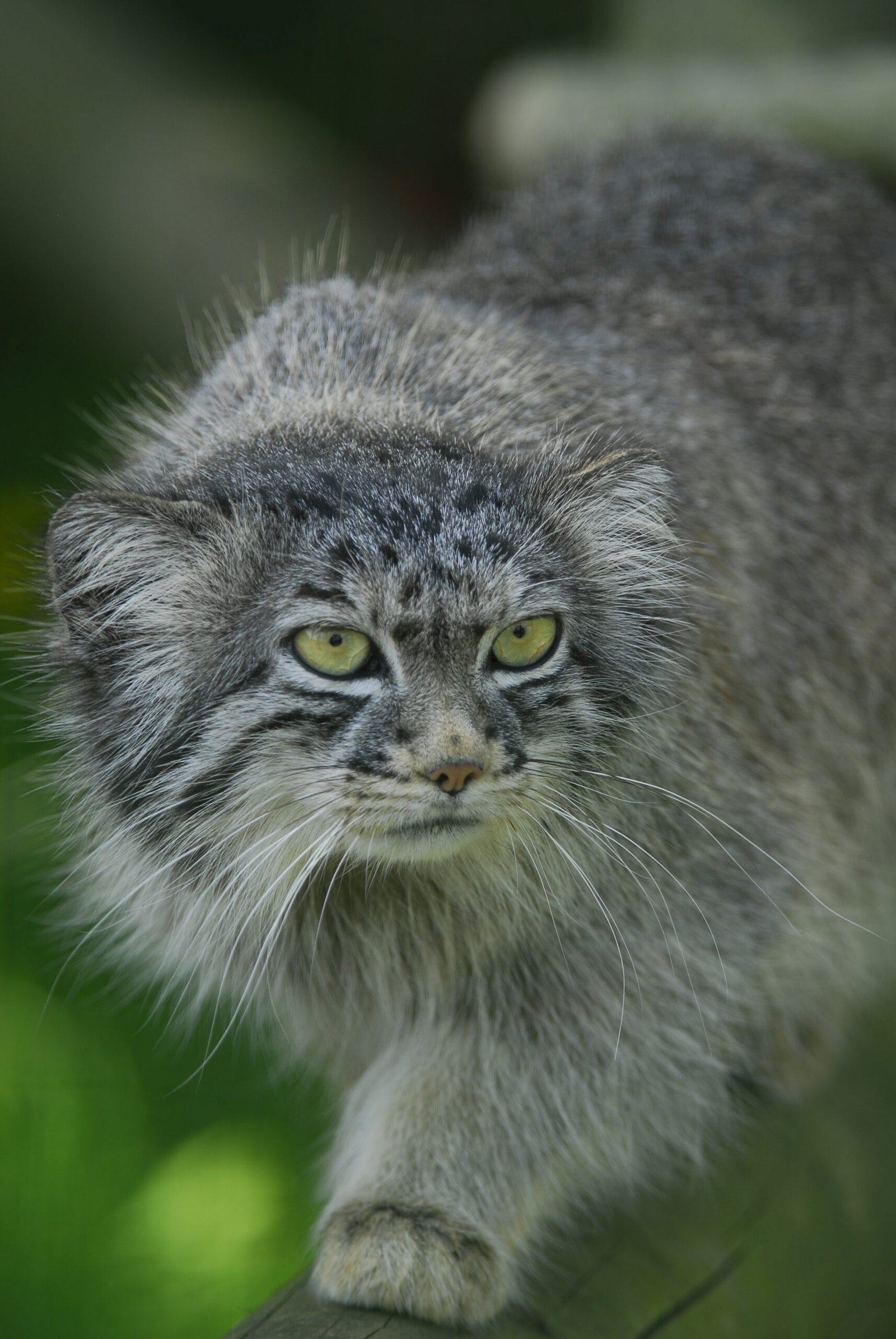
Have you ever seen a cat that permanently looks like it just woke up on the wrong side of the bed? Pallas’s cat, also known as the manul, has perhaps the most expressive grumpy face in the feline world, with round pupils that give it a perpetually irritated expression. These small wildcats are perfectly adapted to life in Central Asian steppes and mountains, with incredibly dense fur that can have up to 7,000 hairs per square inch – almost twice as thick as snow leopards! Their stubby legs and low-slung body make them excellent at hiding in rocky crevices and short grass. Climate change and habitat degradation are reducing their prey populations, while their slow reproductive rate makes population recovery difficult.
Flat-Headed Cat: The Fishing Feline of Southeast Asia

Imagine a cat that’s evolved webbed feet and a streamlined skull specifically for catching fish – that’s the remarkable flat-headed cat. With fewer than 2,500 individuals remaining, this small wildcat lives along rivers and wetlands in Malaysia, Thailand, and Brunei. Their flattened skull shape and forward-facing eyes give them an almost otter-like appearance, perfectly adapted for snatching fish from shallow water. These cats have partially webbed toes and don’t retract their claws fully, giving them better grip on slippery riverbanks. Wetland destruction and water pollution from palm oil plantations have destroyed over 70% of their habitat in just the past few decades.
Andean Mountain Cat: High-Altitude Hunter of the Andes

At altitudes where most animals struggle to breathe, the Andean mountain cat thrives in some of the world’s most extreme environments. Living at elevations up to 16,000 feet in the Andes Mountains, fewer than 1,400 of these remarkable cats remain in the wild. Their incredibly thick, silvery-gray fur with distinctive black spots helps them survive temperatures that regularly drop below freezing. These cats have enlarged hearts and lungs to cope with thin mountain air, making them perfectly adapted high-altitude predators. Mining operations and climate change are threatening their rocky habitat, while their primary prey – chinchillas and viscachas – are also declining due to human activities.
Sand Cat: The Desert’s Tiny Survivor

Don’t let their adorable kitten-like appearance fool you – sand cats are incredibly tough survivors in some of Earth’s harshest deserts. These small wildcats can live their entire lives without drinking water, getting all moisture from their prey while surviving in temperatures ranging from 23°F to 126°F. Their oversized ears help them locate prey underground and dissipate heat, while thick fur on their paw pads protects them from burning sand. Sand cats can dig burrows up to 5 feet deep to escape extreme temperatures and raise their kittens safely. Habitat destruction and capture for the illegal pet trade are major threats, with their exact population numbers unknown due to their secretive nature.
Margay: The Acrobatic Monkey Cat of Central America
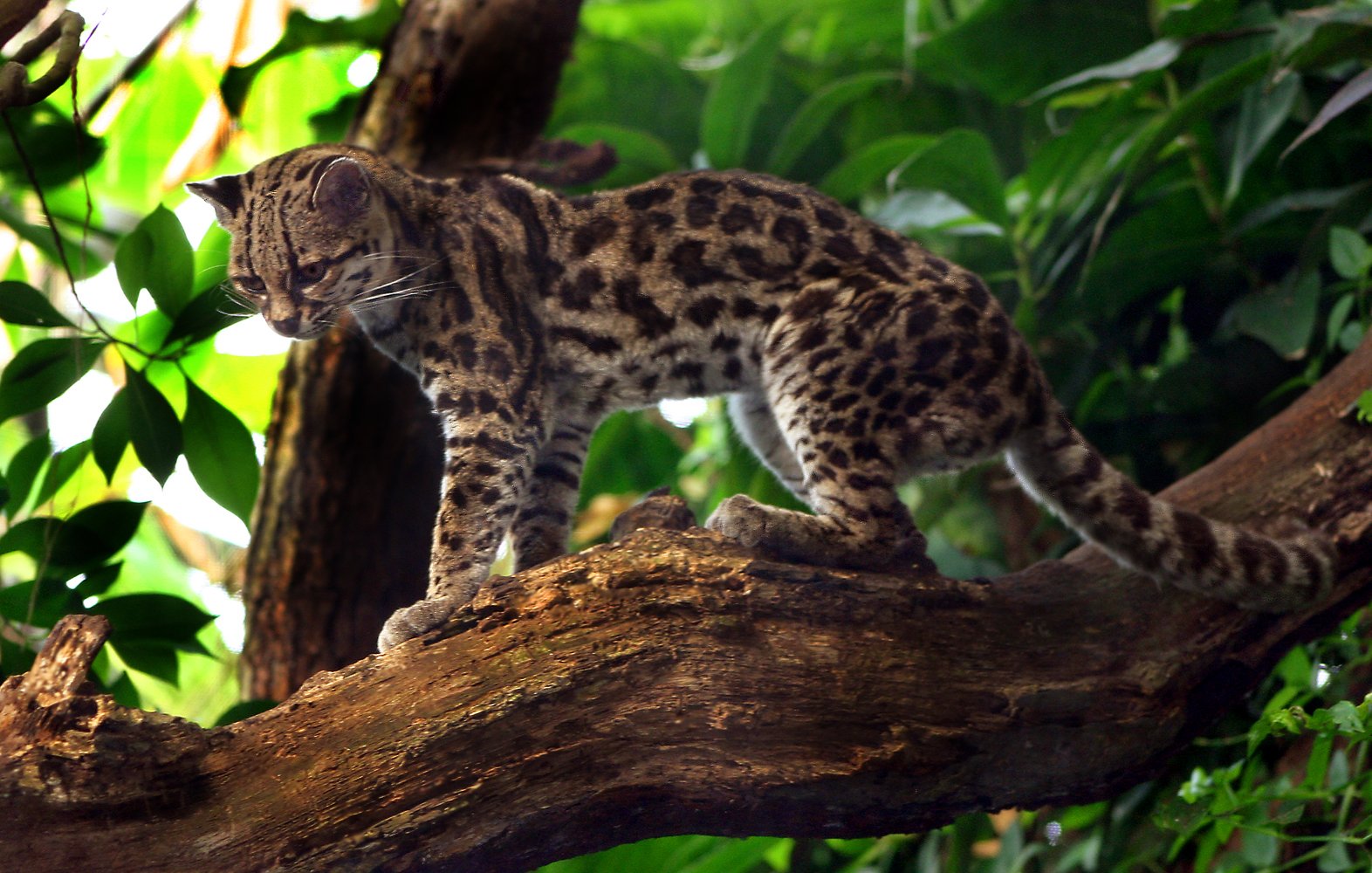
What if a cat could rotate its ankles 180 degrees and climb down trees head-first like a squirrel? The margay is perhaps the most acrobatic wild cat in the world, spending almost its entire life in forest canopies. These small spotted cats can hang from branches by their hind feet and are the only cats capable of climbing down tree trunks head-first. Margays have even been observed mimicking the calls of baby monkeys to lure their prey closer – a hunting strategy almost unheard of among cats. Deforestation has reduced their numbers to fewer than 15,000 individuals, and they need large territories of continuous forest to survive and reproduce successfully.
Oncilla: The Smallest Spotted Cat in the Americas

Meet the oncilla, a wild cat so small it’s often mistaken for a house cat, yet fierce enough to take down prey twice its size. Also known as the northern tiger cat, these tiny spotted felines weigh only 3-7 pounds but pack incredible hunting skills into their compact frames. Their beautiful rosette-patterned coats are highly prized by poachers, leading to significant population declines across their range in Central and South America. Oncillas are excellent climbers and spend much of their time in trees, hunting birds, small mammals, and insects. Habitat fragmentation has isolated many populations, making them vulnerable to local extinctions and genetic bottlenecks that threaten their long-term survival.
Did you expect that so many magnificent cats are hanging by such a thin thread of survival?
Hi, I’m Bola, a passionate writer and creative strategist with a knack for crafting compelling content that educates, inspires, and connects. Over the years, I’ve honed my skills across various writing fields, including content creation, copywriting, online course development, and video scriptwriting.
When I’m not at my desk, you’ll find me exploring new ideas, reading books, or brainstorming creative ways to solve challenges. I believe that words have the power to transform, and I’m here to help you leverage that power for success.
Thanks for stopping by, Keep coming to this website to checkout new articles form me. You’d always love it!





